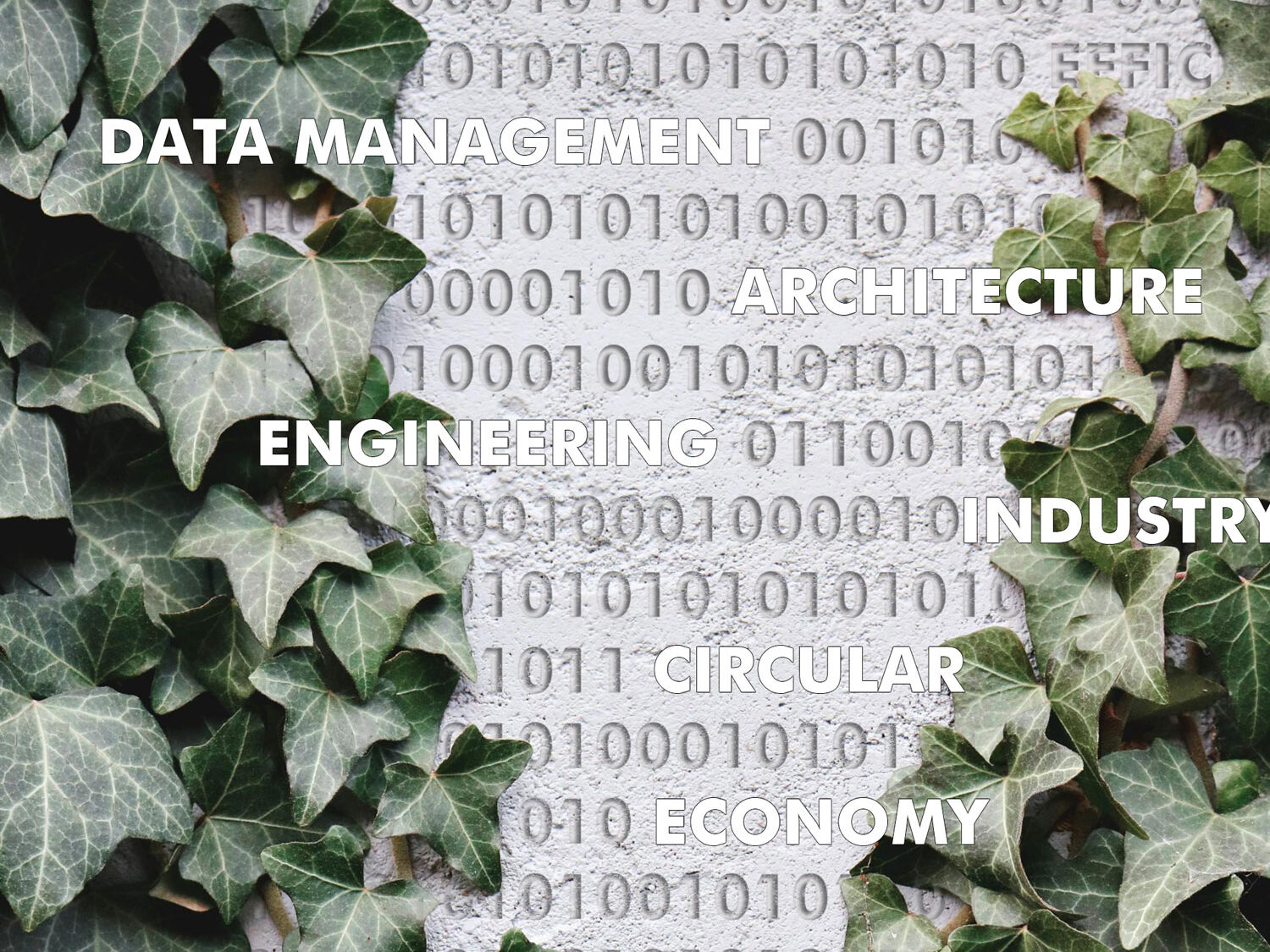Research > Analytics > 04

Starting point:
How is design data stored, made accessible, or secure, and what are the practical, legal, ethical, and commercial frameworks that allow or prevent the use of architectural data?
This topic may include consideration of: the potential benefits and limits of current practice, the relevant timescales (years / decades) for different data uses (circular economy) and types of users (individual/society).
Project Summary:
At the door of the fifth industrial revolution, information is paramount in any industry. The Architectural, Engineering and construction industry (AEC) is not an exception. A place where innovation meets creativity is evolving into a new generation of holistic fields where integration with new knowledge such as biology, technology, robotics and the computational industry is becoming imperative to achieve sustainable outcomes demanded by the global and local conditions.
That interpolation of knowledge makes even more complex a field that “per se” is. An industry with immensurable data produced every year demands a re-design of the paradigm regarding data management. In that scenario, merging the AEC industry with data science is crucial to developing a model to manage all this data.
In this paradigm, collaboration is not just encouraged; it is essential. By working hand-in-hand with industry partners, we can ensure that these methodologies are not just theoretical concepts but practical solutions applied to the unique needs of each project.
The research aims to uncover a methodology to make accessible the information produced for an AEC project. That optimization considers data creation, storage, extraction and security. Acknowledging emerging technologies such as Large language models (LLM), chatbots, image generators and security systems like blockchain and its possible applications in the design and construction ecosystem among the social, ethical, technological and professional implications of data management in architectural and construction firms, Besides, The responsibility to reduce the negative impact on the environment follows the principles of circular economy.
This investigation is not only about improving processes but also unleashing potential. By harnessing the power of data management and the application of these technologies, the AEC industry can unlock new levels of productivity, creativity and sustainability.
PhD Candidate
Jorge Mario Castillo Velasquez
PhD Supervisors
Prof Marcus White
Swinburne School of Design and Architecture
Dr Sascha Bohnenberger
Swinburne School of Design and Architecture
Enrolled at
Swinburne School of Design and Architecture
Image Source: Inouye, M. (2020), green-leaves-on-white-concrete. Available at: https://www.pexels.com/photo/green-leaves-on-white-concrete-wall-3826770 (accessed 10/04/2024)
